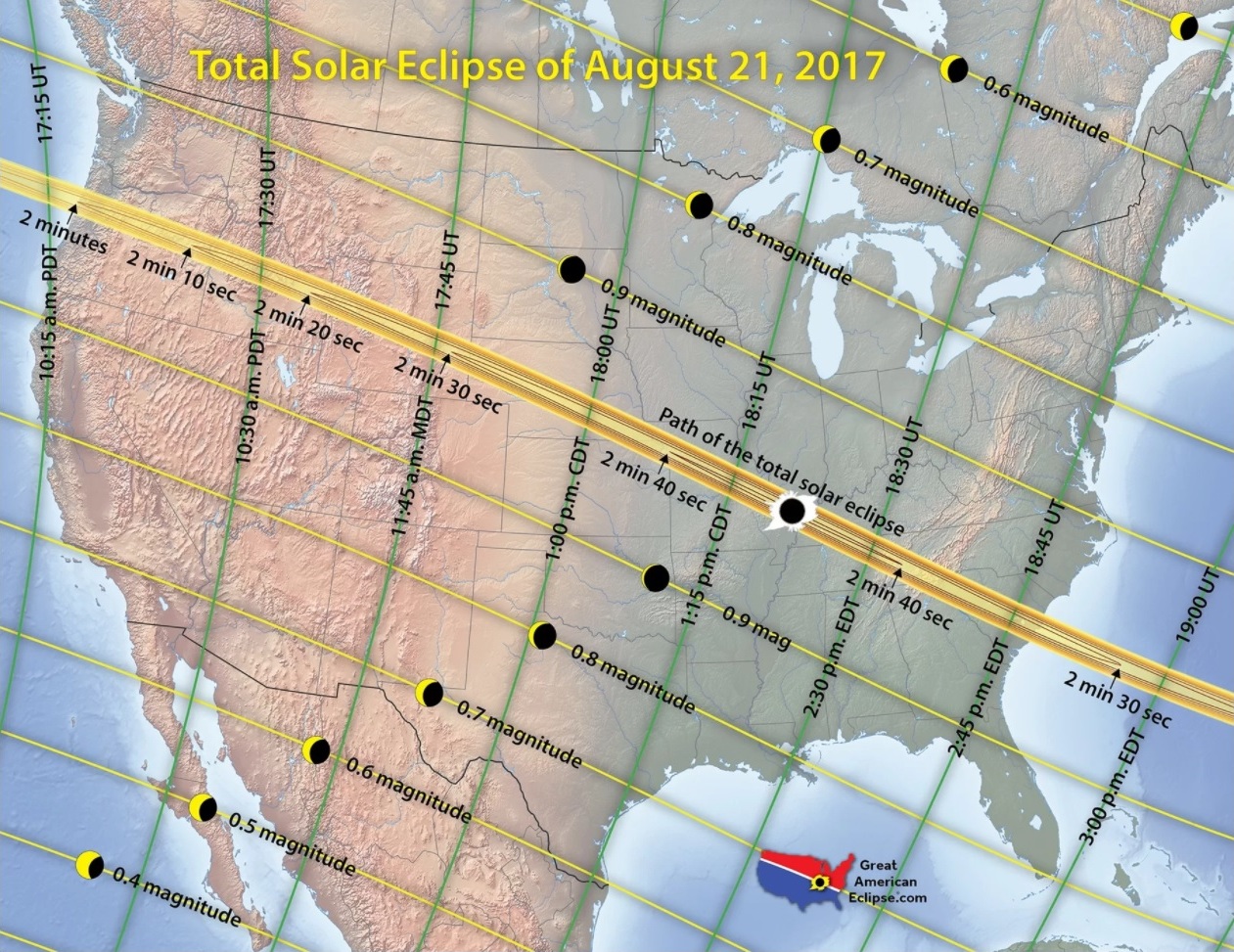Fake Solar Eclipse Glasses Are Flooding the Market: How to Stay Safe
Update 8/7: The American Astronomical Society has released updated guidelines for how to find out if your eclipse glasses are safe, and where to buy certified eclipse glasses. The Federal Trade Commission has also released a statement with safety guidlines for solar viewing glasses.
If you're planning to view the total solar eclipse on Aug. 21, make sure you've got the right safety gear.
Phony eclipse glasses are currently flooding the marketplace, according to the American Astronomical Society (AAS). This counterfeit equipment falsely claims to meet the international standard for safe solar viewing, which is known as ISO 12312-2 (also written as ISO 12312-2:2015).
So how do you know that your eclipse glasses or handheld viewers are safe? You can't really check them yourself; doing so requires pretty high-tech lab equipment. But the AAS has done such legwork for you and identified a number of reputable suppliers, including (but not limited to) American Paper Optics, Rainbow Symphony, Celestron and Daystar. You can also trust the businesses and other organizations that sell gear made by these companies, AAS representatives said. (There are many such retailers, including Wal-Mart, Lowes and Toys R Us.) [The Best ISO-Certified Gear to See the 2017 Solar Eclipse]
You can check out the AAS' full list of trustworthy suppliers and vendors here. NASA also has information about eclipse glasses and safe solar viewing; find it here.
Also, if you haven't already gotten your viewing gear, you probably want to do so. It's late enough in the game that some online stores can't guarantee delivery until after Aug. 21. (But you can buy glasses or viewers in person, at one of the approved retailers listed by the AAS.)
Reminder: You need such specialized gear to view the uneclipsed or partially eclipsed sun; run-of-the-mill sunglasses, even extra-dark ones, won't cut it. If you look at the sun without certified safety equipment, serious and permanent eye damage can result. (It is safe to look at the totally eclipsed sun with the naked eye. But you still need to exercise care; totality lasts just a few minutes, so make sure you get the timing right.)
Breaking space news, the latest updates on rocket launches, skywatching events and more!
Even if your eclipse glasses are certified, you shouldn't use them if their lenses are damaged or not securely fastened to their frames, AAS representatives stressed. (Also, never use glasses or handheld viewers with binoculars or telescopes; such instruments require special filters for safe solar observing.)
It's not a big surprise that counterfeit equipment has come on the scene, considering the buzz surrounding the Aug. 21 event — it's the first total solar eclipse visible from the United States mainland since 1979.
On Aug. 21, the moon will completely blot out the solar disk in 14 states, from Oregon to South Carolina. The "path of totality" will be just 70 miles wide (113 kilometers) or so; the rest of North America will be treated to a partial eclipse, as will parts of South America, Europe and Africa.
About 200 million people live within a day's drive of the path of totality, according to Space.com skywatching columnist Joe Rao. But even people who don't make the trip will still be able to witness the event online, thanks to webcasts planned by a variety of organizations. And if the Aug. 21 event somehow passes you by, don’t fret: Another total solar eclipse is coming to the U.S. mainland on April 8, 2024.
Editor's note: Space.com has teamed up with Simulation Curriculum to offer this awesome Eclipse Safari app to help you enjoy your eclipse experience. The free app is available for Apple and Android, and you can view it on the web. If you take an amazing photo of the Aug. 21 solar eclipse, let us know! Send photos and comments to: spacephotos@space.com.
Follow Mike Wall on Twitter @michaeldwall and Google+. Follow us @Spacedotcom, Facebook or Google+. Originally published on Space.com.

Michael Wall is a Senior Space Writer with Space.com and joined the team in 2010. He primarily covers exoplanets, spaceflight and military space, but has been known to dabble in the space art beat. His book about the search for alien life, "Out There," was published on Nov. 13, 2018. Before becoming a science writer, Michael worked as a herpetologist and wildlife biologist. He has a Ph.D. in evolutionary biology from the University of Sydney, Australia, a bachelor's degree from the University of Arizona, and a graduate certificate in science writing from the University of California, Santa Cruz. To find out what his latest project is, you can follow Michael on Twitter.

